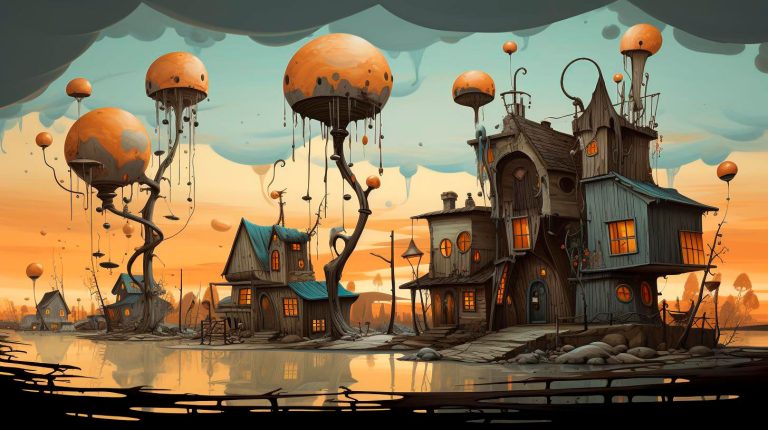In this article, we will explore the art of selecting color palettes for landscape photography and how to create compositions that leave a lasting impact.
The Significance of Color in Landscape Photography
Color is a powerful tool that can evoke emotions, set moods, and convey messages. When it comes to landscape photography, it plays a crucial role in capturing the essence of a scene and enhancing its impact. By carefully selecting and harmonizing colors, photographers can elevate their images from ordinary to extraordinary.
Here are some key takeaways on the significance of color in landscape photography:
- Colors can convey emotions – warm tones like red and orange evoke feelings of warmth, energy, and passion, while cool tones like blue and green create a sense of calmness and tranquility.
- Contrasting colors can create drama – colors that are opposite each other on the color wheel, such as blue and orange or red and green, create visual tension and add drama to the composition.
- Complementary colors can bring harmony – colors that are adjacent to each other on the color wheel, such as blue and green or red and orange, create a harmonious and pleasing effect.
- Color balance is important – achieving a balance between warm and cool tones, as well as light and dark shades, is essential for a visually appealing photograph.
Curating Harmonious Color Palettes
Now that we understand the impact of color in landscape photography, let’s delve into the process of curating harmonious color palettes.
Study the Location and Lighting
Before embarking on a photo shoot, it’s important to study the location and lighting conditions. Understanding the natural colors present in the landscape and how they interact with different lighting situations will help in creating a harmonious color palette.
Consider the Season and Time of Day
The season and time of day can significantly influence the colors present in a landscape. For example, warm autumn tones during sunset or cool blue hues during a winter sunrise. By considering these factors, photographers can select complementary colors that enhance the natural beauty of the scene.
Use Color Theory Principles
Color theory principles provide a roadmap for creating visually pleasing compositions. Pay attention to color harmonies such as analogous (colors next to each other on the color wheel), complementary (opposite colors on the wheel), or triadic (colors evenly spaced on the wheel) to guide your color choices.
Experiment with Filters and Post-Processing
Filters and post-processing techniques can help enhance or manipulate colors to achieve the desired effect. Neutral density filters can balance exposure and saturation, while post-processing software allows precise adjustments to color tones and gradients.
The Advantages of Curating Color Palettes
Curating color palettes in landscape photography offers several advantages:
- Enhanced visual impact – harmonious color palettes can captivate viewers and evoke emotional responses, making your photographs stand out.
- Professional and polished look – by paying attention to color harmonies, your compositions will appear well thought out and aesthetically pleasing.
- Effective storytelling – colors can help convey the mood and atmosphere of a scene, allowing you to tell a compelling story through your photographs.
- Consistency and personal style – curating color palettes can become a signature element of your photography, setting your work apart and establishing your unique style.
Conclusion
In landscape photography, the ability to curate harmonious color palettes can transform your images into captivating works of art. By understanding the significance of color, studying the location and lighting, and applying color theory principles, photographers can create compositions that leave a lasting impact on viewers. Experimenting with filters and post-processing techniques can provide additional creative control, resulting in polished and visually appealing photographs. Remember, the power of color lies in its ability to evoke emotions and enhance the story you want to tell through your landscapes.



















+ There are no comments
Add yours